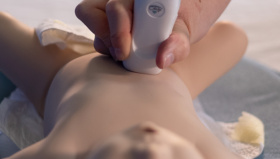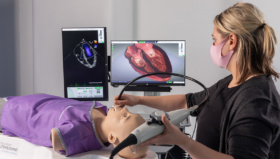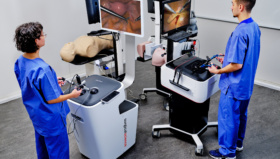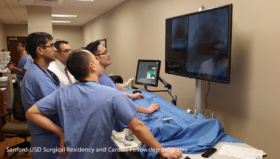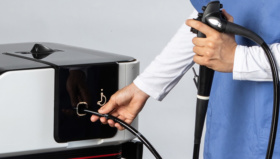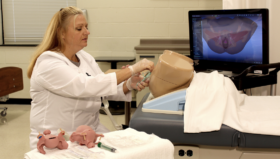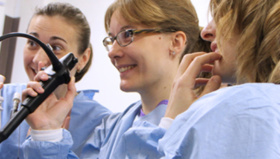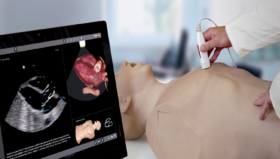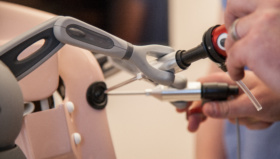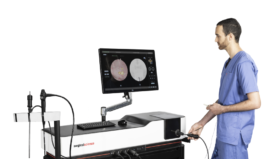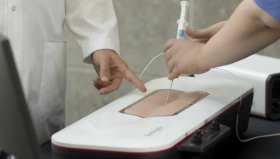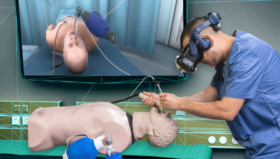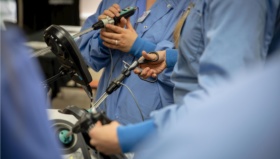How Data-enhanced Simulation Training is Driving Measurable Success in Healthcare Education
Across the healthcare industry, training facilities strive to ensure the next generation of medical professionals are prepared for the challenges they will face when working with real patients in a ‘live’ environment. For centuries, medical trainers have mainly used the ‘apprenticeship’ model, where trainees are mentored by supervising professionals, and learn ‘on the job’. But this method can be time-consuming and leave some trainees lacking confidence.
Using simulation tools can solve this issue, providing unlimited opportunity for trainees to practice and gain proficiency on important procedures. Surgical Science has taken simulation to the highest level of sophistication, allowing medical education facilities to place their trainees in hyper-realistic simulated environments while they study.
We spoke to Anand Malpani, Director of Data Science within the R&D organization at Surgical Science, to find out how data-led simulation is revolutionizing the world of medical education.

Many medical training facilities are already using simulation in their training programs to some degree. Some work with manikins, anatomical models, animals, and even human cadavers. But, in recent years, simulation technology has developed significantly, with state-of-the-art simulators incorporating virtual reality and data science to deliver the most realistic and informative experience available outside the operating room.
“Realism is the key when you are training in complex medical scenarios,” Anand says. “The closer a trainee can get to feeling like they are in the live environment, the more confident they will become. Basic simulation tools can allow you unlimited practice, but the better simulators go further than that by providing detailed assessment and feedback using performance metrics that are specifically designed to measure clinical proficiency. This is crucial for educators, who need to be able to assess the readiness of a trainee to entrust them in working with real patients.”
These leading simulators are powered by soft-body physics, where Surgical Science is creating virtual anatomical models that behave just like their real-life counterparts,. The simulators incorporate real medical examination and surgical instruments that provide users with the sensation of real touch and motion. The overall feeling is one of total visual and physical immersion in the procedure they are learning – all driven by cutting-edge technologies.

“For many education facilities, training involves basic repetition of the same task over and over again. But modern simulators are able to challenge trainees by changing the environment each time. They can leverage data to replicate different patient types, unusual scenarios, and even the complications that might arise. The technology is available for almost every medical intervention, from robotics, to ultrasound, to endoscopy – the trainee gets to experience all the nuances of the actual procedures without putting real patients at risk,” Anand explains.
For more than two decades, Surgical Science has led the way in this type of immersive medical simulation. But the value for educators goes beyond time-saving and improved trainee confidence. With a computer-generated environment, you can start to deliver more structured learning with detailed metrics and greater insights on trainee performance.
“The strength of these graphical and physical simulations is that we can tap into the data and provide useful performance metrics to the end user,” Anand says. “That can be extremely beneficial to both learners and trainers as they look to identify areas of personal development and improvement. But it goes beyond that to the program directors who can look at the entire course structure and assess what’s working and what isn’t. Only by using high-end simulation technology can training facilities access measurable outcomes and actionable feedback in this way.”
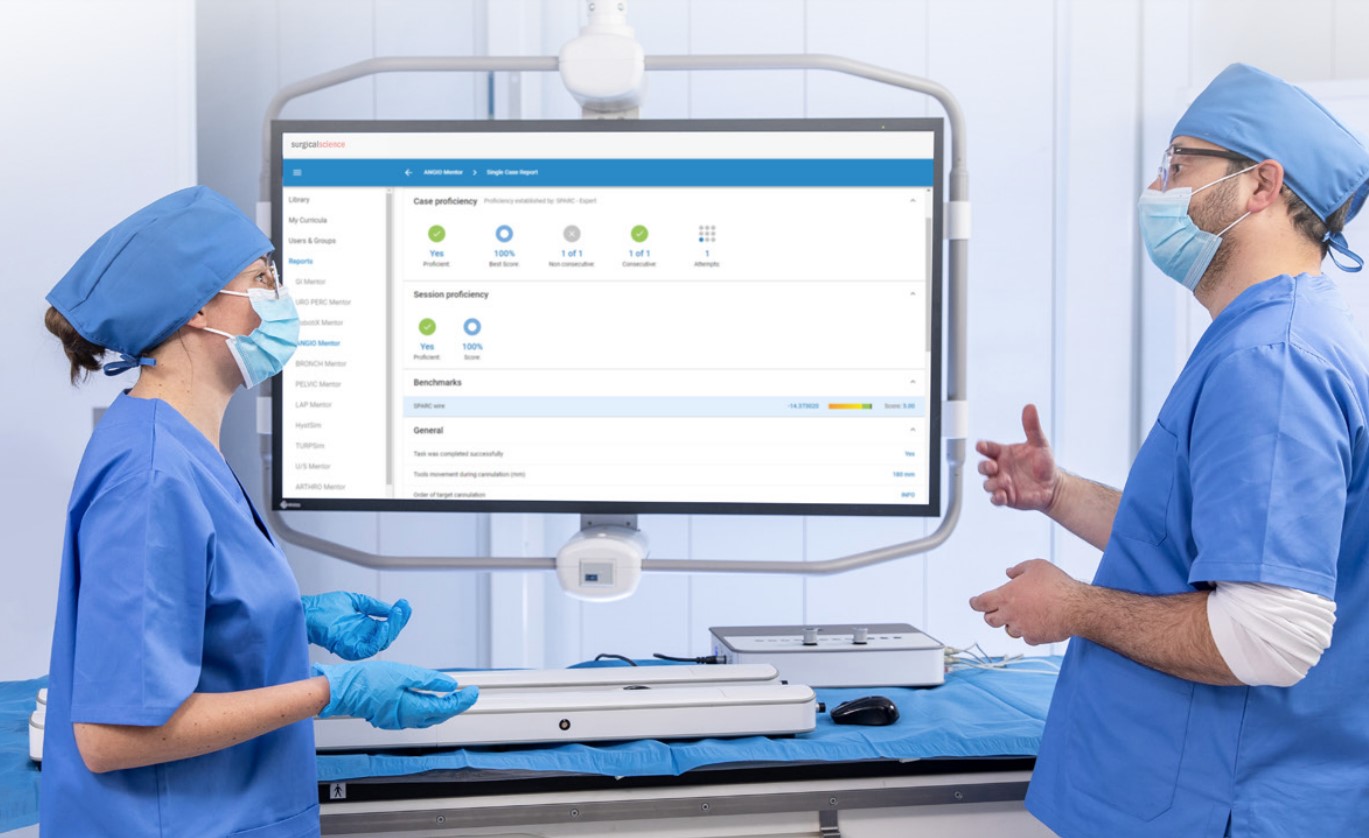
Surgical Science has a long history of working with medical training facilities to tailor simulation programs. But, in recent years, technical innovation around data collection and data science have meant a big leap forward in trainee success and return on investment for all the stakeholders in the healthcare ecosystem.
“We have gained a long track record of understanding the simulation needs of the medical education community,” Anand says. “We have made great progress within virtual reality and computer-generated environments, so trainers can start to deliver more structured learning. But the most important benefit of simulation for educators is the amount of insight it can deliver on the effectiveness of your training program. You simply can’t measure proficiency in this immediate, objective, and structured manner that is useful for the learners and trainers using box trainers or other less sophisticated tools. Virtual reality simulation gives you rich, quantifiable data that can be used to better understand trainee performance and prepare them for the live environment.”
Learn more about Mentor Learn, where you fully control your simulation training.
